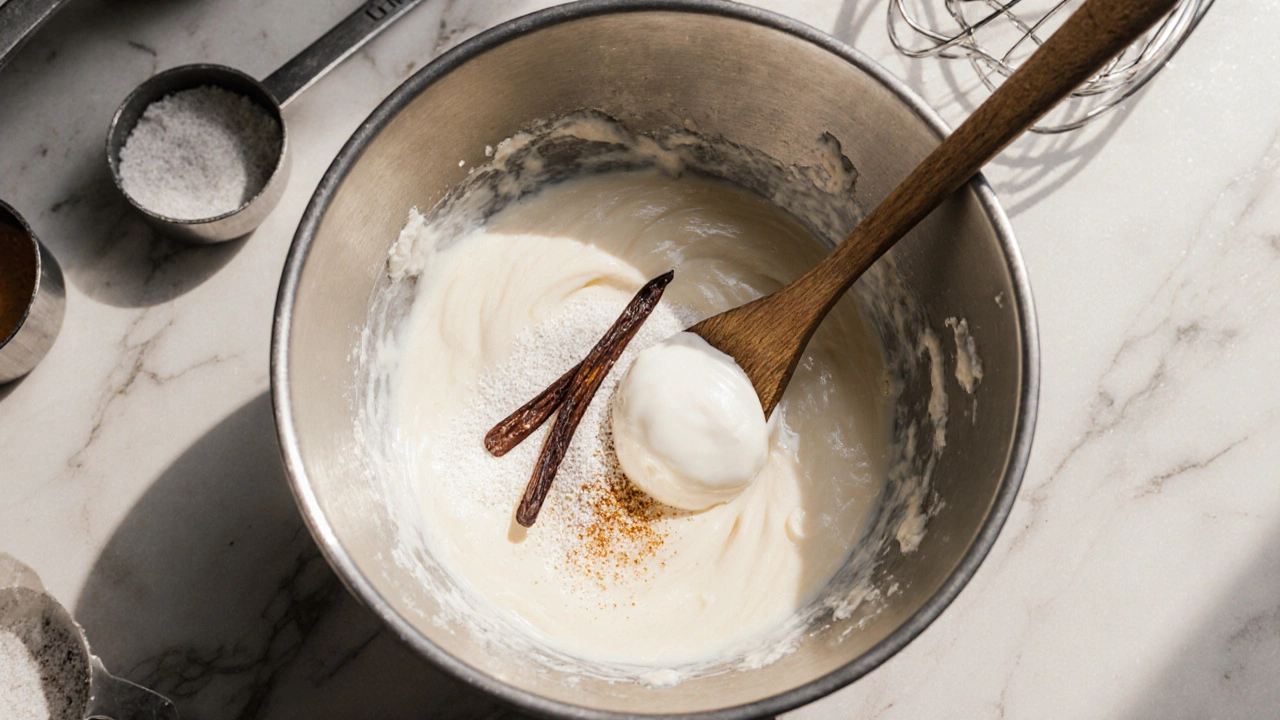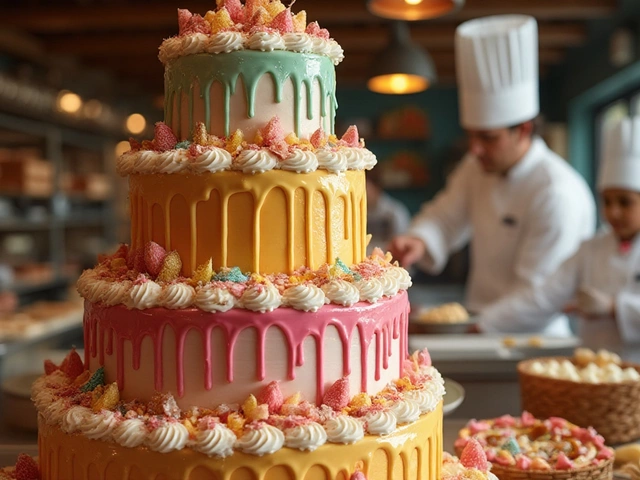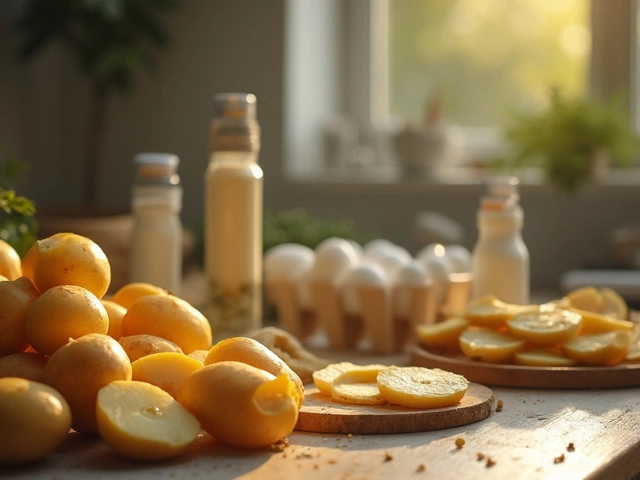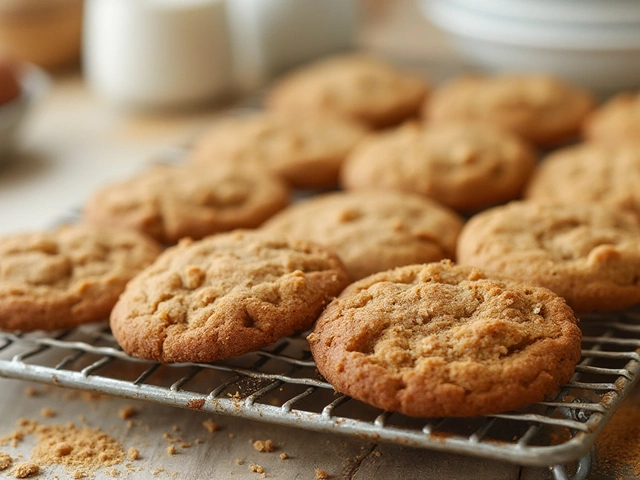Cheesecake Tips for Foolproof Results
When working with cheesecake tips, practical guidance that helps bakers achieve smooth, stable, and flavorful cheesecakes. Also known as cheesecake tricks, it covers everything from ingredient swaps to baking techniques. If you’ve ever stared at a cracked top or a runny center, you’re not alone. Below we’ll walk through the most common hurdles and show how a handful of focused tips can turn a wobble into a wow.
One of the hottest sub‑topics in the cheesecake world is going eggless cheesecake, a version that skips the egg while still delivering a firm set and creamy mouthfeel. Skipping the egg isn’t just for allergies; it can also lower the risk of over‑mixing, which leads to cracks. The key is to replace the binding power of the egg with a blend of cornstarch and a touch of gelatin or agar‑agar. This combo gives the batter the structure it needs without the grainy texture some novices fear.
Texture matters more than flavor when it comes to a great cheesecake. cheesecake texture, the smoothness and firmness you feel on the palate is influenced by three factors: the type of dairy, the baking method, and the cooling process. Full‑fat cream cheese creates a rich body, while adding a splash of sour cream or Greek yogurt introduces a slight tang and a lighter crumb. Baking in a water bath (bain‑marie) provides gentle, even heat, preventing the dreaded cracked surface. Finally, a gradual cooldown—first at room temperature, then chilled overnight—lets the proteins set slowly, locking in that velvety feel.
Even the best‑made cheesecake can go south if you don’t store it right. cheesecake storage, the practice of keeping cheesecakes fresh and safe for later enjoyment is simple: keep it covered tightly with plastic wrap or foil and refrigerate for up to five days. For longer keeping, wrap a slice in parchment and freeze; a frozen cheesecake retains its texture for up to three months. Thaw it in the fridge overnight, not at room temperature, to avoid condensation that can make the crust soggy.
Looking for a quick fix when you run out of eggs? An egg substitute, store‑bought or homemade alternatives that mimic the binding and leavening properties of eggs works wonders. A popular blend is 1 tablespoon of ground flaxseed mixed with 3 tablespoons of water per egg; let it sit until gelatinous. For a neutral flavor, use unsweetened applesauce (¼ cup per egg) or commercial egg replacer. Each option changes the crumb slightly, so test a small batch before committing to a big bake.
All these pieces—eggless options, texture control, proper storage, and smart substitutes—fit together like puzzle pieces, creating a full picture of what cheesecake tips can achieve. Whether you’re a beginner worried about cracks or an experienced baker experimenting with new flavors, the advice here sets a solid foundation.
Ready to dive deeper? Below you’ll find a curated list of articles that expand on each of these points, from step‑by‑step guides on skipping eggs to detailed explanations of how temperature affects your bake. Explore the collection and start perfecting your cheesecake today.

Why Add Sour Cream to Cheesecake? Benefits, Tips, and Substitutes
Explore why sour cream is added to cheesecake, how it improves texture and flavor, the right amounts, substitutes, tips, and FAQs for perfect results.
View More




